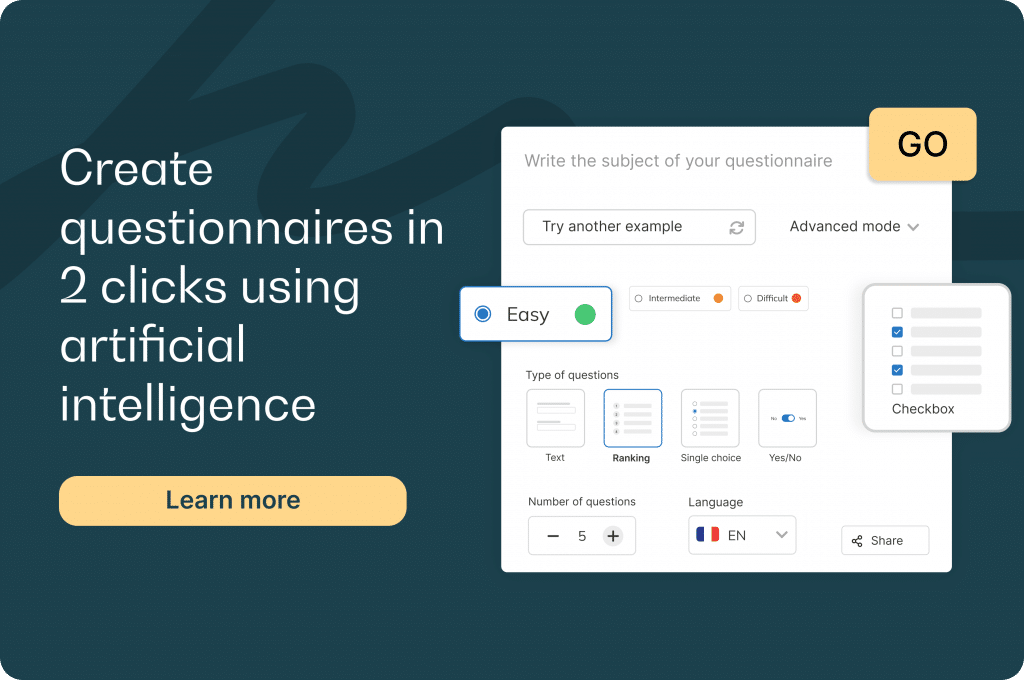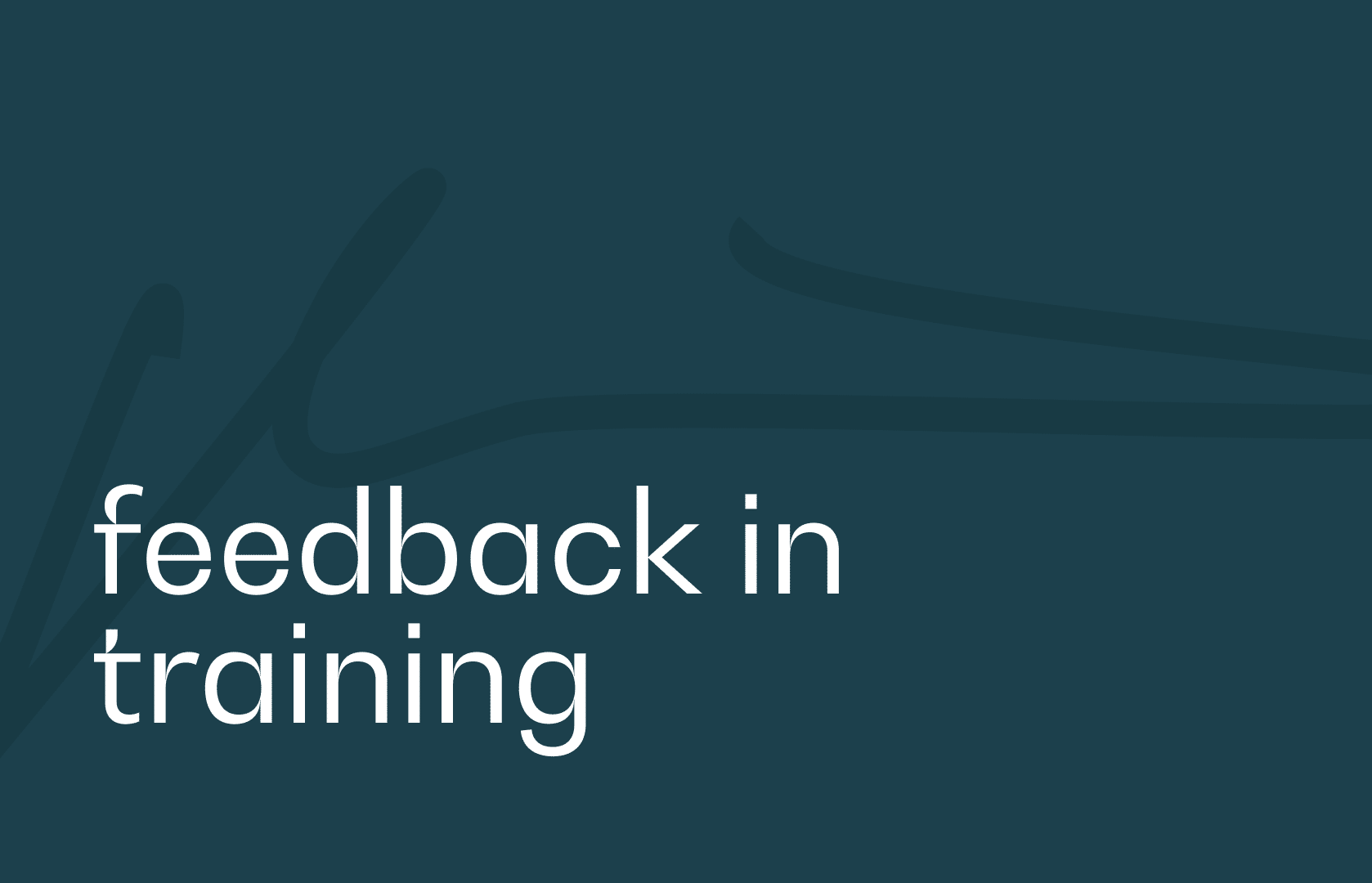Feedback, that precious flow of information, is at the heart of every learning process. A relevant remark can unlock a situation and strengthen motivation, while negative or clumsy feedback can slow down progress. In professional or initial training, knowing how to give and receive constructive feedback is a key skill for both trainer and learner. But faced with the multitude of approaches and digital tools available, what is the best solution to make feedback effective and truly useful? This article explores the different facets of feedback in training to help you build a strategy tailored to your goals.

The crucial importance of feedback in education
Why is feedback so essential? It acts as a compass for learners, helping them anchor knowledge, measure the gap between their current performance and the intended goal, and above all identify areas for improvement. Quick and precise feedback allows errors to be corrected before they become ingrained, fostering continuous learning. It is also a powerful driver of learner engagement: being listened to and guided boosts both motivation and confidence. For trainers or instructional designers, learner feedback is a goldmine of insights for adjusting methods, training content, and improving overall quality. Finally, regular feedback practice encourages supervised autonomy and self-assessment skills.
The many faces of feedback: an overview
There is not just one type of feedback, but a spectrum of modalities to be adapted according to the situation and intent. Formal feedback, such as a structured feedback session or graded assessment, coexists with informal feedback — those remarks exchanged casually during a break or at the end of a session. Timing also matters: immediate feedback, delivered during an activity or role-play, has a different impact than delayed feedback collected via a questionnaire days or weeks after training. One can also distinguish between individual and group feedback (e.g. during a debrief), and between oral and written. While feedback is often classified as positive or negative, perhaps the most useful distinction is constructive feedback — which, even when pointing out an area of concern, is always solution-oriented. Corrective feedback, on the other hand, focuses on fixing a factual error.
The golden principles of effective feedback
For feedback to be truly effective and well-received, certain best practices must be observed. Methodology is key. Feedback should be based on precise facts drawn from direct observation of work situations or assignments, not on impressions or judgments about the person. Adopt a descriptive approach (“I noticed that…”) rather than an evaluative one (“That’s bad…”). The message should be specific: avoid generalities. Constructive feedback balances recognition of strengths with a clear identification of areas for improvement, focusing on behaviors or tasks. Above all, it must be action-oriented: what can the learner do concretely to progress? Active listening, empathy in communication, and choosing the right timing and setting are equally decisive. Feedback is part of a trust-based relationship and should invite dialogue. The PEA method (Prepare, Exchange, Act) can be a useful tool to structure these interactions.
Strategically integrating feedback into the training journey
How can feedback be integrated smoothly and meaningfully throughout training? The process should be planned from the start. At the very beginning of training, or even before, an initial questionnaire can capture expectations and needs, establishing an early connection. During training, multiply the opportunities: informal feedback in discussions, immediate feedback during exercises, workshops, or virtual classes. Digital tools are particularly valuable here: a quick “on-the-spot” survey via a mobile app or learning platform allows you to regularly take the pulse of individuals or groups. At the end of training or after a key milestone, a more comprehensive satisfaction survey (such as those you can easily design and distribute with Edusign) can capture delayed feedback on the entire program. Skills assessments are also a form of feedback, measuring how far objectives have been achieved. These tools make it easier to collect, analyze, and track feedback from learners on a large scale.

Measuring the effectiveness of your feedback actions
Giving feedback is good. Assessing whether it has an impact is even better. How can you tell if your system is truly effective? Observe the evolution of practices and mastery of skills among participants. Does the feedback seem to be understood and applied to improve? Carefully analyze post-training survey responses: do they help identify concrete areas for improvement in your programs? An interesting practice is “meta-feedback”: ask learners for their feedback on the quality and usefulness of the feedback they receive. Measuring impact in this way places you in a continuous improvement loop.
Building a true culture of feedback
The most effective feedback is part of an organizational culture where it is seen as an opportunity and a natural tool for development. It’s not just about applying a technique, but about cultivating an environment where giving and receiving feedback becomes a regular, everyday practice. To establish such a culture, the example set by managers, trainers, or leadership is crucial. It is often necessary to train staff and teams in this practice, emphasizing active listening and constructive phrasing. Digital tools can help spread a culture of feedback by making it more accessible and less formal, thereby facilitating exchanges and sharing best practices to strengthen professional relationships.
📲 Edusign: integrated questionnaires for continuous, actionable feedback
Feedback is most effective when it is simple to collect, analyze, and act upon. This is exactly what Edusign’s questionnaires make possible.
Advantages of our questionnaires in training:
- Instant and delayed feedback: easily distribute a questionnaire at the end of a session or a few days later to gather impressions and suggestions.
- Total adaptability: design your own templates (satisfaction, self-assessment, formative quizzes…) aligned with your pedagogical goals.
- Instant analysis: results are centralized and immediately usable, with clear dashboards to support decision-making.
- Stronger engagement: learners feel listened to and valued, which boosts motivation and progress.
- Traceability and audit-proof: responses are securely archived, useful for both quality processes and funding compliance.
💡 With Edusign, questionnaires are no longer a mere formality — they become a true pedagogical management tool and a driver of a sustainable, constructive feedback culture.

Conclusion: the “best solution” is your tailored strategy
So, what is the “best solution” for feedback in training? As you’ve seen, there is no single answer or magic tool. The best approach is a strategy tailored to your context, combining different types of feedback (formal, informal, individual, group, developmental, reinforcing) at the right moments. It relies on the principles of constructive feedback and leverages digital tools (online learning platforms, digital questionnaires, communication apps) to streamline and document the process.
The real key lies in intent: using feedback as a supportive lever, embedded in a genuine feedback culture centered on growth and skills development. This global, coherent approach — adapted to each learner profile and training objective — is what ensures the effectiveness of your programs and the success of your participants.





